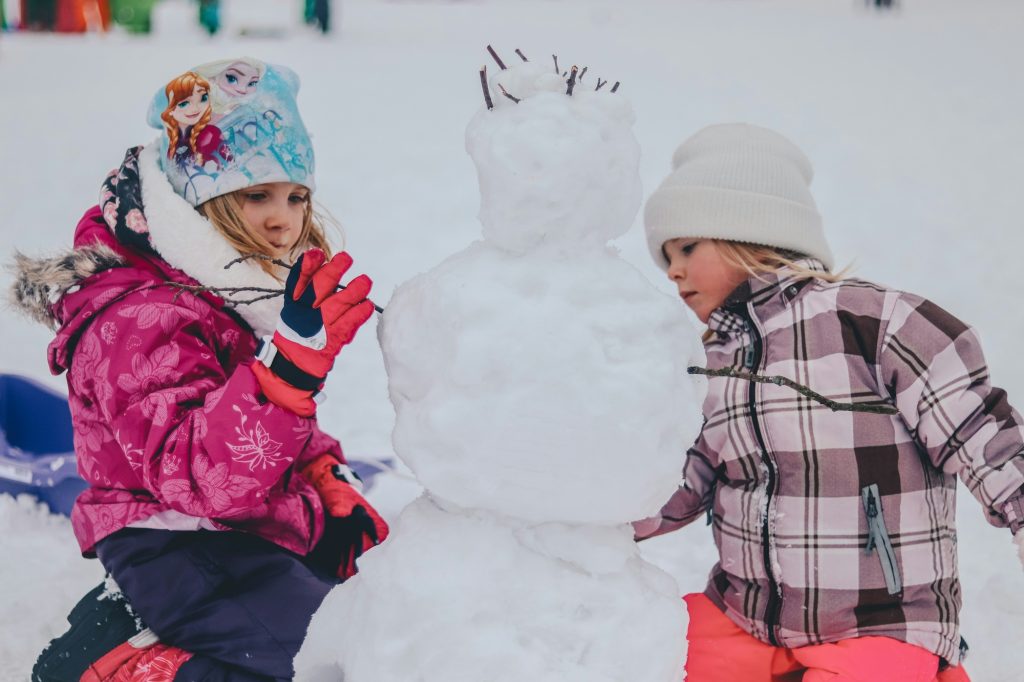Winter brings with it a magical opportunity for children to engage in sensory play, especially with snow as the main attraction. For neurodivergent children, this isn’t just about having fun–it’s about exploring and discovering their environment in ways that promote development and sensory integration.
Snow offers a unique sensory experience, activating the tactile, vestibular, proprioceptive, and visual systems, all of which are crucial for body awareness, motor planning, and emotional regulation.
By encouraging sensory play in the snow, you’re creating moments that are deeply beneficial for your child’s sensory development–not to mention fun! Below we came up with some ideas to help your child thrive this season.
- Snow Painting
Transform a snowy yard into an art canvas. Fill spray bottles with water and food coloring, and let your child create masterpieces on the snow. This activity stimulates the tactile and visual systems, as your child learns to manipulate the bottles and observe how the colors interact with the snow.
- Snowball Throwing Contest
Set up a target in the snow using colored water or sticks to outline a circle. Have your child practice throwing snowballs into the target, helping them develop hand-eye coordination and activate their visual system. This also provides proprioceptive input as they gather and shape the snowballs.
- Build a Snow Castle
Who says castles are just for sand? Pack snow into molds, like yogurt cups or buckets, and let your child build their own winter fortress. As they work, they are engaging the tactile system through the sensation of the snow while promoting motor skills as they carefully construct their castle.
- Going Sledding
Sledding is a classic winter activity that provides an excellent workout for the vestibular system. The movement and changes in head position as your child slides down the hill help with balance and spatial awareness. Experiment with different sledding positions, like lying on their back or belly, to offer varied sensory input.
- Shoveling Snow
Shoveling isn’t just a chore; it’s a sensory-rich activity that builds strength and provides calming resistive input to the proprioceptive system. Give your child a child-sized shovel and let them clear a small path or pile snow to build their own creations, or even make some money in the neighborhood.
- Snow Angels
Another classic snow activity, making snow angels, stimulates the tactile system as they feel the snow beneath them, and forces them to coordinate their movements. Encourage your child to lie down in the snow and move their arms and legs to create the snow angel.
- Snow Sensory Bin
For children who prefer smaller-scale (or warmer) sensory play, bring the snow indoors. Fill a bin with fresh snow and provide tools like spoons, cups, or toy animals for digging, sculpting, or imaginative play. This activity offers a more controlled tactile experience for children who may feel overwhelmed by large snowy spaces.
Each of these activities provides plenty of opportunity for sensory exploration, skill-building, and development. Snow’s natural properties make it a versatile tool for children of all abilities, encouraging creativity and connection to their environment. This winter, embrace the snow as a resource for growth and play.
If you’re looking for additional resources or information, don’t hesitate to reach out here.

